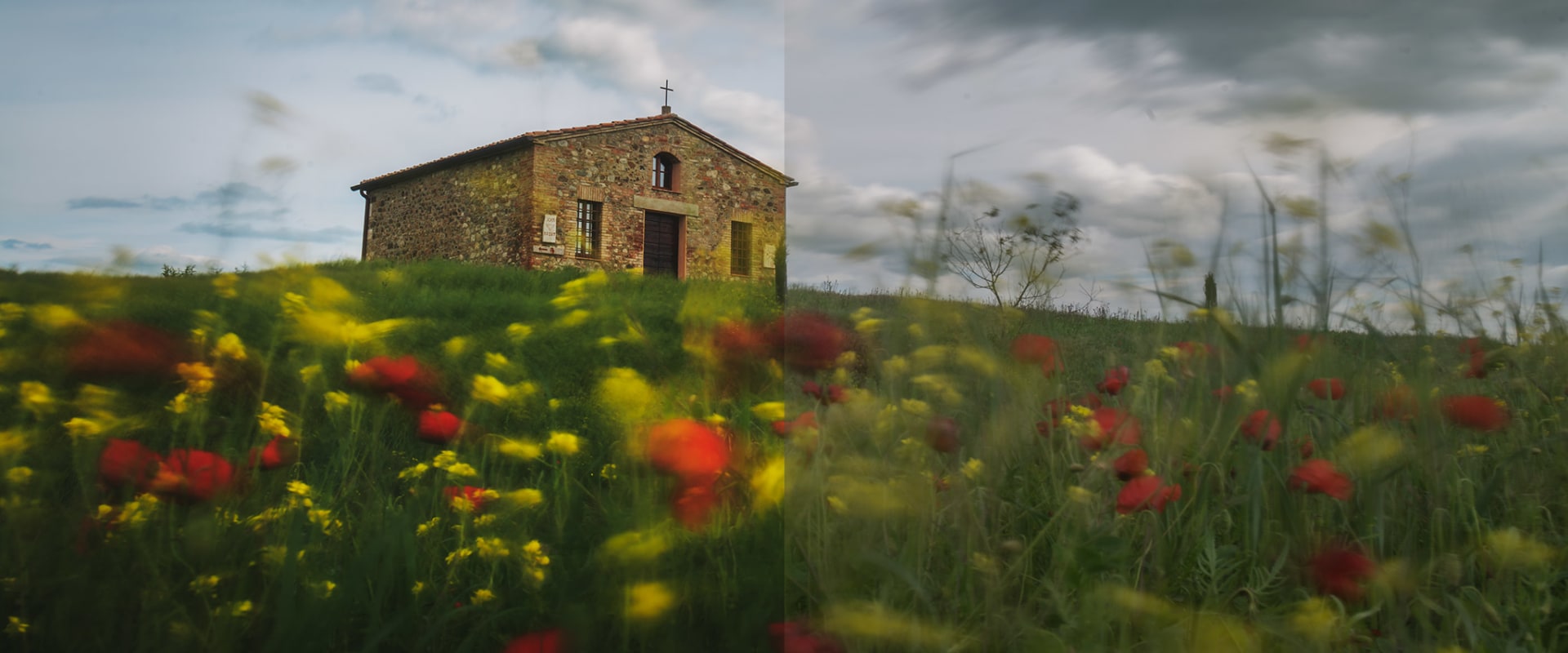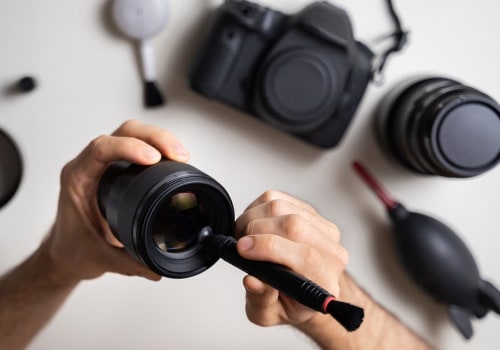Are you just starting out in digital photography and confused by the endless options for image formats? Do you want to know the difference between RAW and JPEG files and which one is best for you? You've come to the right place! This article will provide an overview of the main differences between RAW and JPEG image formats, and help you make an informed decision about which format best suits your needs as a photographer. RAW and JPEG image formats are two of the most popular options for digital photography enthusiasts. Both formats offer advantages and disadvantages, so it is important to understand the differences between them. RAW files are uncompressed, which means they retain more data and provide greater editing flexibility. On the other hand, JPEG files are compressed, so they are much smaller in size but can have a loss of quality due to compression.
We will explore these differences in detail in this article, so you can make an informed decision about which format best suits your needs as a photographer. So let's dive in and get started!RAW and JPEG image formats are the two main formats used in digital photography. The main difference between them is that RAW files are uncompressed, while JPEG files are compressed. This means that RAW files contain more data and will provide higher quality images than JPEGs.
Additionally, RAW files give photographers more control over post-processing, as they can be edited without losing quality. On the other hand, JPEGs are smaller in size and easier to share with others, making them a great choice for sharing images quickly. When it comes to capturing an image, both formats have their advantages and disadvantages. With RAW, photographers have more control over their images, as they can adjust exposure, white balance, and other settings before saving the file. However, RAW files also require more processing time, as they must be converted into a format that can be viewed or printed.
JPEGs, on the other hand, provide a convenient way to share images quickly, as they are already compressed and ready to go. However, any adjustments made to the image may cause it to lose some of its quality. When it comes to choosing between RAW and JPEG image formats, it really comes down to personal preference. If you're looking for greater control over your images and don't mind spending more time on post-processing, then RAW may be the better choice for you. On the other hand, if you need to share images quickly or don't want to spend as much time editing them, then JPEG may be the better option. No matter which format you choose, it's important to remember that both RAW and JPEG offer great quality images when used correctly.
With a little practice and experimentation, you'll be able to find the perfect balance of convenience and quality for your needs.
Benefits of Using RAW
When it comes to taking photos, RAW offers several benefits over JPEG. The most notable advantage is that RAW files contain more data and will provide higher quality images than JPEGs. Additionally, RAW files give photographers more control over post-processing, as they can be edited without losing quality. RAW files are also not compressed, so they are much larger than JPEGs. This gives photographers the flexibility to make adjustments to the image after it has been taken, without having to worry about losing quality.In addition, RAW files can be edited in more advanced editing software programs, giving photographers greater control over the end result. Finally, RAW files can also be stored longer and used for archiving purposes. Since they are not compressed, they will retain their quality for a longer period of time, making them ideal for long-term storage.
Benefits of Using JPEG
JPEGs are a great choice for quickly sharing images because they are already compressed and ready to go. This makes them ideal for social media, emailing, and other types of online sharing. Not only do JPEGs take up less space on your memory card or hard drive than RAW files, they are also much easier to work with in editing programs like Adobe Photoshop and Lightroom. The compression of JPEGs also means that they are much smaller in file size, meaning they can be stored and shared more easily.This makes them the ideal format for taking photos that you want to quickly upload or share with others. Additionally, JPEGs are the most common image format used by digital cameras, so it is likely that your camera’s default setting is JPEG. When it comes to printing photos, JPEGs can be printed up to larger sizes than RAW files because of their smaller file size. While RAW files can still be printed in larger sizes, they may take up more time and resources to print. For most casual photography needs, JPEGs are a great choice. In conclusion, it is important to consider your needs and post-processing preferences when deciding which image format to use.
RAW image formats offer more control and higher quality results, while JPEG images can be quickly shared and require less post-processing. Ultimately, each photographer will have to decide which format works best for their individual needs.








